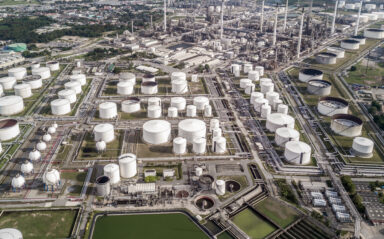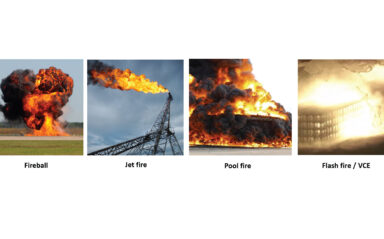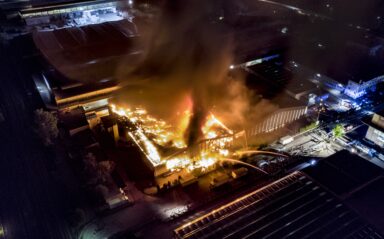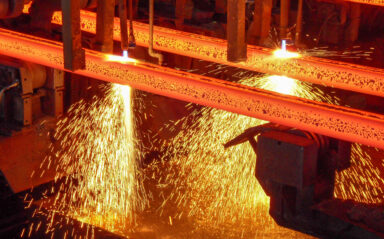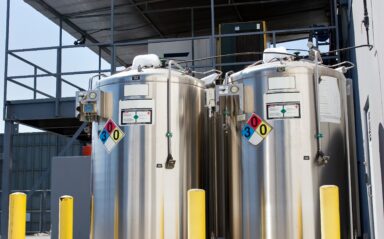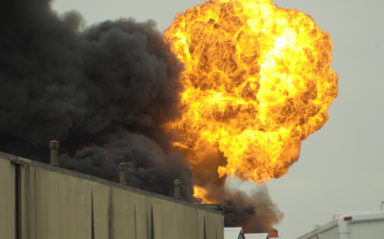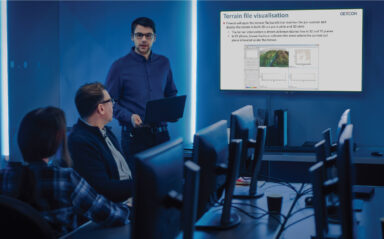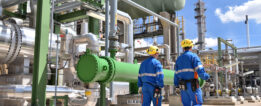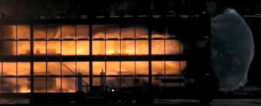Gexcon has spent years working alongside some of the largest energy suppliers to help meet the world’s needs responsibly and safely.
Our experienced engineers understand the challenges faced within this high hazard industry and have been involved in several complex studies involving nuclear, coal, and energy from waste (EFW) power stations, as well as building a valued reputation working with decentralized urban districts CHP facilities.
Using our specialist risk assessment and consequence modelling tools, Gexcon can provide process safety support throughout a project life cycle, from the design stage through to commissioning and operation. We aim to increase the awareness and understanding of process safety at our clients’ facilities by providing practical recommendations to achieve feasible solutions to manage process risk.


